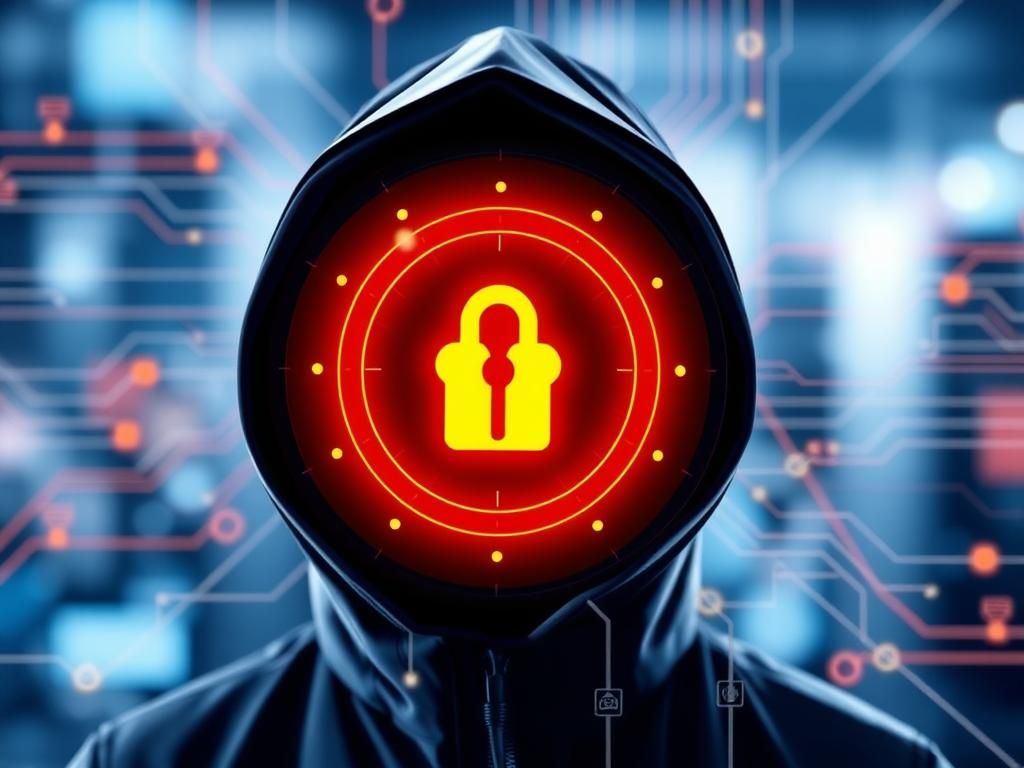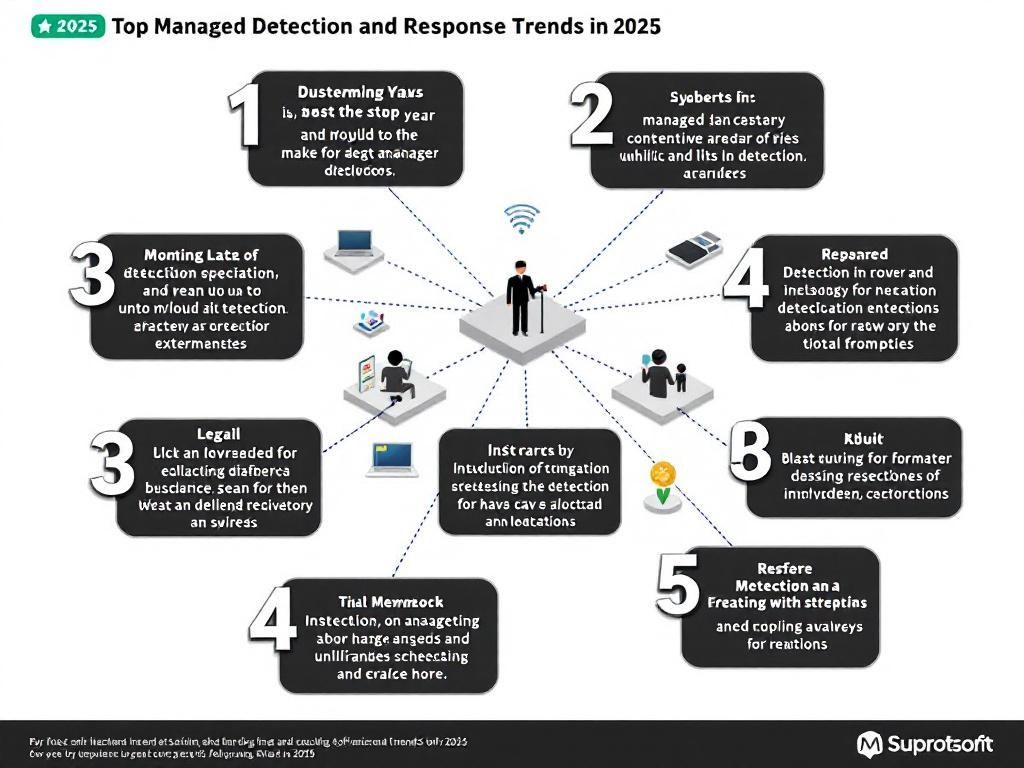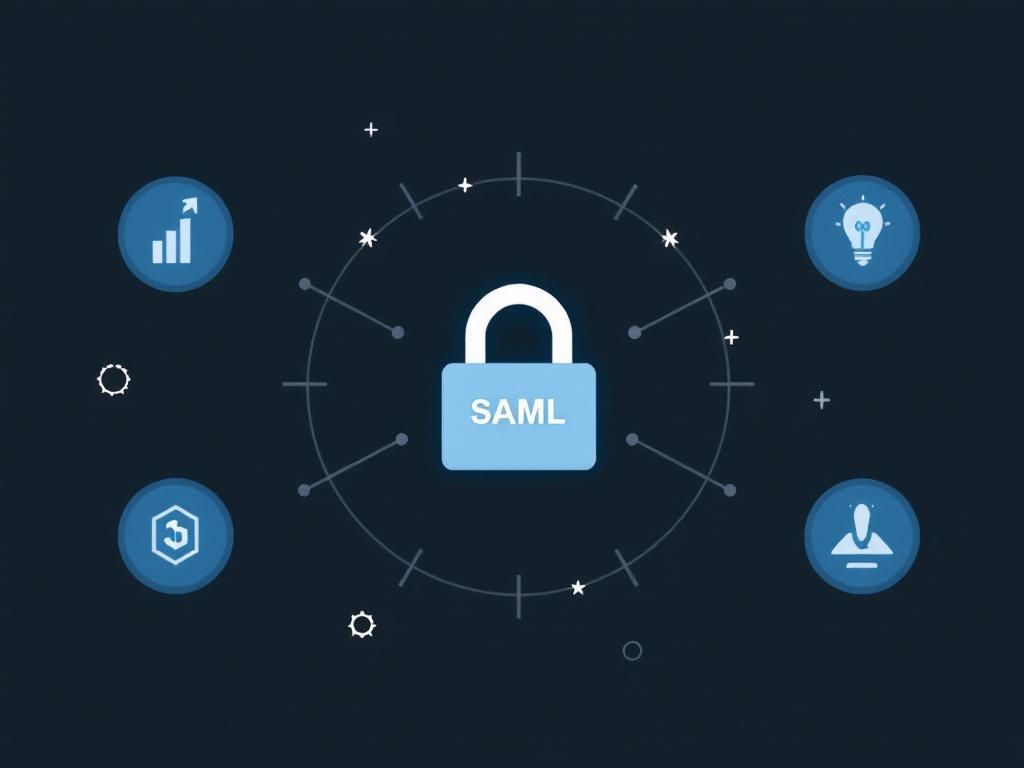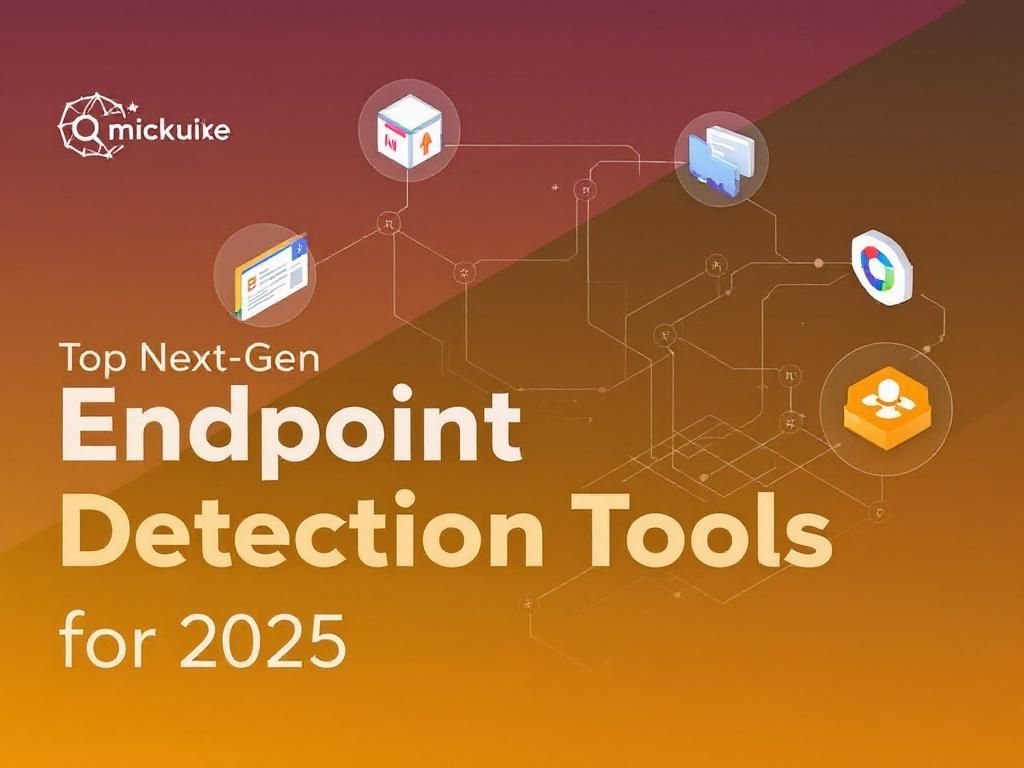Revolutionize Security with Next-Gen EDR in 2025
Discover how next-gen EDR solutions will transform security in 2025, enhancing threat detection and response for businesses worldwide.

As cyber threats continue to evolve at a rapid pace, organizations are increasingly seeking advanced solutions to bolster their security posture. One such solution gaining traction is Next-Generation Endpoint Detection and Response (EDR). In this article, we’ll delve into the key features, advantages, and future trends of EDR solutions that are set to revolutionize security in 2025 and beyond.
Table of Contents
Understanding Next-Gen EDR
Next-Generation EDR refers to a suite of security tools designed to provide comprehensive threat detection, investigation, and response capabilities at the endpoint level. Unlike traditional antivirus solutions, which often rely on signature-based detection, EDR employs behavioral analysis, machine learning, and threat intelligence to identify and mitigate potential threats in real-time.
Core Components of Next-Gen EDR
- Behavioral Analytics: Monitors endpoint activity to identify suspicious behaviors, allowing for proactive threat detection.
- Incident Response: Provides automated response features to contain and remediate threats swiftly.
- Threat Intelligence Integration: Enriches detection capabilities by leveraging current threat information from various sources.
- Forensic Capabilities: Enables detailed investigation post-incident to understand the attack vectors and methods used.
- Centralized Management: Offers a single pane of glass for security teams to manage endpoint security across multiple devices.
The Benefits of Implementing Next-Gen EDR
Organizations adopting Next-Gen EDR solutions can expect a range of benefits that improve their overall security strategy:
- Enhanced Detection: With advanced analytics and machine learning, EDR can identify threats that traditional methods may miss.
- Rapid Response: Automated response features can drastically reduce the time it takes to contain and remediate threats.
- Increased Visibility: EDR provides comprehensive visibility into endpoint activity, making it easier to track down security incidents.
- Cost-Effective: By reducing the impact of breaches and improving incident response efficiency, organizations can save on potential recovery costs.
Comparing EDR Solutions
When considering an EDR solution, organizations often find themselves faced with numerous options. Below is a comparison table outlining key features of some leading Next-Gen EDR platforms:
| Vendor | Key Features | Pricing |
|---|---|---|
| Vendor A | Real-time monitoring, threat hunting, automated remediation | $X/month |
| Vendor B | Behavioral analysis, forensic capabilities, threat intelligence integration | $Y/month |
| Vendor C | Centralized management, support for multiple OS, incident response playbooks | $Z/month |
Challenges in EDR Implementation
Despite the advantages, organizations may encounter challenges when implementing Next-Gen EDR solutions:
Common Hurdles
- Resource Intensive: EDR solutions can require significant resources for deployment and ongoing management.
- Training Requirements: Staff may need training to effectively utilize advanced features and interpret data.
- Integration Issues: Difficulty in integrating with existing security infrastructure can pose a challenge.
- False Positives: High rates of false positives can overwhelm security teams and lead to alert fatigue.
Future Trends in EDR Solutions
As we look towards 2025, several trends in EDR solutions are expected to reshape the cybersecurity landscape:
1. AI and Machine Learning Integration
AI and machine learning will continue to enhance threat detection capabilities, allowing EDR systems to evolve in their ability to predict and respond to sophisticated attacks.
2. Cloud-Native EDR Solutions
With organizations migrating to the cloud, cloud-native EDR solutions will gain prominence, offering scalable and flexible security tailored for modern infrastructures.
3. Extended Detection and Response (XDR)
EDR is evolving towards XDR, which integrates data from various security layers (network, server, and endpoint), providing a holistic view of threats.
The Path Forward for Organizations
For organizations looking to implement Next-Gen EDR solutions, a strategic approach is essential:
Steps for Successful Implementation
- Assess Security Needs: Evaluate current security infrastructure and identify gaps that EDR can fill.
- Choose the Right Vendor: Conduct thorough research and testing to select a vendor that aligns with your organization’s requirements.
- Plan for Training: Ensure staff are trained on the new system to maximize its potential.
- Monitor Performance: Continuously evaluate the effectiveness of the EDR solution and make adjustments as necessary.
Conclusion
As cyber threats grow more complex, investing in Next-Generation EDR solutions is no longer optional but imperative for organizations aiming to protect their digital assets. By leveraging advanced technologies and integrating EDR into their security framework, businesses can position themselves to effectively combat the ever-changing landscape of cyber threats. The future of security lies in proactive, intelligent solutions that ensure the resilience and longevity of organizations in the face of adversity.
FAQ
What is next-gen EDR?
Next-gen EDR, or Endpoint Detection and Response, is an advanced security solution that uses machine learning and behavioral analysis to detect, respond to, and mitigate cyber threats on endpoints.
How does next-gen EDR enhance security?
Next-gen EDR enhances security by providing real-time threat detection, automated incident response, and comprehensive visibility into endpoint activities, allowing organizations to proactively address potential risks.
What are the key features of next-gen EDR solutions?
Key features of next-gen EDR solutions include advanced threat intelligence, automated response capabilities, cloud integration, and user-friendly dashboards for monitoring and analysis.
Why should businesses invest in next-gen EDR for 2025?
Businesses should invest in next-gen EDR for 2025 to protect against evolving cyber threats, ensure compliance with regulations, and maintain the integrity and availability of critical systems and data.
How does next-gen EDR differ from traditional antivirus?
Next-gen EDR differs from traditional antivirus by focusing on behavioral detection and response rather than just signature-based detection, allowing it to identify and stop advanced threats that traditional solutions may miss.
Can next-gen EDR be integrated with existing security infrastructure?
Yes, next-gen EDR can be seamlessly integrated with existing security infrastructure, enhancing overall security posture while leveraging existing tools and technologies.








